Better For You, Better For the Planet
Here at 4 Seasons Arborscapes we made the change from petroleum oil to Stihl BioPlus bar and chain oil. It is just one more step to being eco-friendly, as it’s good for the environment. Made from a vegetable oil base, STIHL BioPlus oil is the environmentally conscious way to keep your bar and chain lubricated. This bar and chain oil offers excellent flow characteristics, even at low temperatures, has a less negative impact on the environment when compared to traditional oils. BioPlus™ oil is also highly biodegradable.
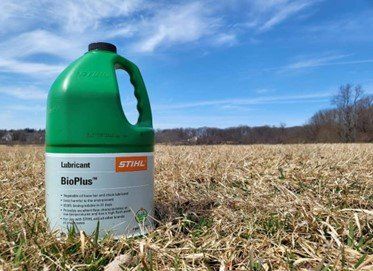
Why is eco-friendly bar and chain biodegradable oil better?
Biodegradable chainsaw chain oil is one of the most talked about lubricants in the tree industry.
Every time you fill your chainsaw with lubricating oils, these products are sprayed into the environment when you use the saw. The oil gets released from the bar tip once it has moved around the bar just a few times. The tiny, atomized oil particles then get sprayed over the work area or may cling to the sawdust. Every time you use a chainsaw, 100% of this petroleum-based lubricant affects the environment.
These oils contain known carcinogens. This makes it important to look for an alternative that won’t put users or the environment at risk. Biodegradable chainsaw oil is a solution to this problem.
In a forum thread for Stihl BioPlus, there was a man having skin issues with the petroleum oil getting on his skin. Since switching to canola-type oil, the health issue went away.
What are the benefits of biodegradable chainsaw chain oil?
- Environmentally friendly – Using these oils as a chain lubricant poses absolutely no threat to our environment as they are natural and non-toxic.
- Highly effective– These oils have certain natural properties such as resistance to shear, good lubricity, a high viscosity index and a high flash point. This makes them very effective in lubricating your chainsaw without contributing to the bar or chain’s wear & tear over time. They are specifically designed to lubricate as well as protect the cutter bars and chainsaw chains on pump-fed chainsaws.
- Better safety for users– A chainsaw operates at a very high RPM which results in oil misting; this can potentially affect users either through dermal absorption or inhalation. Biodegradable chainsaw chain oil has high viscous levels with anti-fling properties, which significantly reduce the inhalation of fumes by users.
The environment around us is not only our home but everything that keeps us alive. From the food we eat, the water we drink, the air we breathe, our shelter and more, it helps us to survive.

Why is it Important to Take Care of Our Environment?
We only have one earth as our home
Why is the environment important? If we spoil what we have, we will have to deal with the consequences of our actions. If we take care of nature, then nature will also take care of us.
Clean environment means healthier lives
The more we take care of our environment, the more we can have a cleaner and habitable home. If we neglect nature and undertake actions that harm it, the more difficulties we will have to access clean essentials like water, food, and shelter.
Polluted air and water resources will bring about devastating effects like diseases. Cutting down trees reduces the ability of nature to reduce gases like CO2 from the atmosphere. Everyone has a role in ensuring they maintain a clean environment we can all live in.
Caring for the environment protects the ecosystem and humanity
Almost all our activities affect the ecosystem in one way or the other. If we negatively impact the ecosystem, we put various species on the verge of extinction. If we pollute the water bodies with plastic or leaked oil, we kill the species that live there.
As we produce, consume and dispose of waste materials, we should think of how it will affect the ecosystem. Again, it does not only affect what surrounds us, but it also affects us as well.
Biodiversity is essential
The term biodiversity stands for the availability of different types of animals, plants and other organisms in the world. Biodiversity offers us the chance to get everything we require for survival.
We are able to get food, air, water and shelter because of biodiversity.
The environment provides various raw materials and habitats
The various things we use like furniture, rubber, food, and shelter, among others, comes from raw materials we get from forests. Deforestation means that we are at risk of essential materials being in short supply.
Forests offer a home to different birds, and animals. Almost half of the world’s species live in these forests. If we destroy our forests, we destroy the home of multiple species.
Make use of 3R waste management
These are the best steps to ensure that less waste reaches landfills and that means less pollution. The 3 R’s of waste management stands for “reduce, reuse, and recycle".

If we can reduce the number of waste materials we produce through reuse and recycling, it means that we move one step forward to protecting our environment.
What we cannot reuse, we can recycle to make new products that will reduce the necessity for new raw material. If we recycle paper, we will not need to cut down more trees to make new paper products.
When we recycle, we prevent paper waste from piling up in landfills which in turn reduces the amount of greenhouse gases that are released through decomposition.
Conserve water resources
Protecting our environment doesn’t have to be so complicated. For example, when it comes to water, the act of turning off water taps after use will ensure that we don’t waste any water.
If you have a leaky faucet, it’s better to fix it to ensure no more water leaks out.
The drops you ignore may add up to significant amounts every day, which may have been used elsewhere.
Use clean energy sources
Most of the energy sources we use to drive our day to day lives generate emissions that might be harmful to the environment. Fossil fuels are one of the major causes of greenhouse gases. Petroleum and other products produce greenhouse gases like CO2 when they burn.
Reducing the use of such products can reduce the greenhouse effect and lead to a cleaner environment. Also, if petroleum leaks during transportation, it may cause serious effects both to the water bodies and land.
We should strive to make use of renewable, clean energy like solar, wind, biomass and more.
Shop wisely
If we can avoid plastic bags and use more eco-friendly bags, we can reduce the amount of plastic we produce daily.
The best thing is to carry your reusable bags for shopping, to avoid buying the one-time-use bags.
Effects of not caring for the environment
Scarcity of Water
Not caring for our environment means pollution and degradation of the environment. If we pollute the sources of clean water, it means that we will have less clean water for consumption.
Water is a necessary element of life and, there is no life without it.
Air pollution
The cars we drive, the industries and energy plants, all produce harmful gases to the environment.
Air pollution causes numerous chronic health issues that can be sometimes fatal to humanity. Things like acid rain are also due to pollution, and they affect both plants and animals.
Solid hazardous wastes
Sometimes we leave waste material lying around. These dumping sites can be breeding spots for dangerous bacteria and diseases.
Solid wastes can also block water passages and drainage.
Food scarcity
Continued deforestation and mining are some of the activities that lower soil quality. Low soil quality means less food production. Soil degradation is a serious factor in food production.
Deforestation also translates to less rainfall which not only reduces the amount of clean water but also the quantity of food production.
Loss of biodiversity
Extinction of some species is one thing that will happen if we don’t take care of our surroundings. Less biodiversity suggests that we will lack some essential requirements in life. Some medicinal plants may go extinct due to harmful human activity, which would be a great loss for us.
It will affect the beauty of our environment; we will no longer enjoy the tranquil environment with various plants and animals.
Reduce Plastic Usage
Single-use plastic is one of the greatest threats to the environment. Approximately 300 million tons of plastic is produced worldwide every year, with more than 90% ending up in landfills, and the ocean.
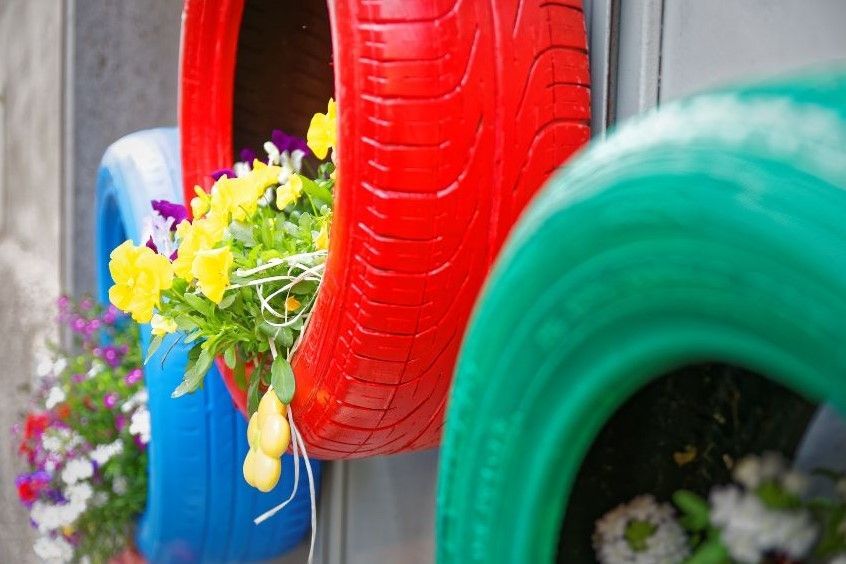
What are ways we can help make a better planet?
- use a revolving door when you can, this helps cut significant heating and cooling costs for a building
- recycled paper takes 74 percent less air pollution and 35 percent less water pollution to make
- if your car is filthy, take it to a car wash, they typically use less than half the water it would take you to wash it yourself
- avoid exfoliating scrubs with microbeads, the pellets end up in the water supply and harm fish and wildlife.
- don’t put glass in the trash, it can take forever to decompose
- unplug chargers, turn off lights and appliances not in use like computers, laptops, and phones when you leave for the day
- replace regular light bulbs in your home with compact fluorescent bulbs
- join the carpool or public transportation to save fuel and its cost
- when you make purchases, try to opt for the brands that use recyclable packaging
- bring your meal in a reusable container and don’t buy an additional plastic container for it. Don’t generate waste with a plastic fork and plastic takeout container. Use a reusable container if bringing in lunch from home.
- start a recycling program in your home, office or community
- start paying your bills online and ask companies to stop paper bills from being sent to you
- recycle newspaper, bows and gift bags by reusing them
- instead of using a plastic water bottle, buy a reusable container, a plastic bottle takes thousands of years to decompose and because it’s not recycled or biodegradable
- you can save about 10% of your energy use by adjusting your thermostat 1% cooler in winter and 1% higher in summer
- try to get your phone recycled as it introduces very harmful and toxic substances into the environment, and they go into landfills
- maintain your vehicle by regularly checking the air filter and cleaning it, this will help your car more efficiently.
- plant a tree to create a windbreak to save energy, and as shade to lower cooling costs as for plants, find ways in which plants use less water, put in mulch to help keep moisture in.
- when you mow your grass, use sharp blades, and only when the grass needs cutting and water your yard sparingly
- ways to reduce water waste, make sure to turn off the sink when you brush your teeth, reduce bathing time, install a low flow showerhead, fix leaking pipes, install aeration nozzles on all taps
We need to care about our environment, and if we want to guarantee a good life for future generations, we must protect our environment.
STIHL BioPlus™ Bar and Chain Oil | STIHL USA
BIODEGRADABLE Bar and Chain Oil | Arborist, Chainsaw & Tree Work Forum (arboristsite.com)
The Benefits of Using Biodegradable Chainsaw Chain Oil - Rotatech® (rotatechproducts.com)
Caring For The Environment: 8 Reasons to Protect & Sustain Earth - Green Coast
17 Ridiculously Easy Things You Can Do To Help Save The Earth Every Day | HuffPost Impact
22 Easy ways to Save the Earth and Environment - Green Clean Guide
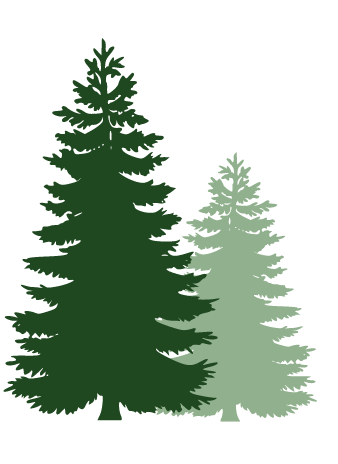
Sign up for monthly newsletters!
From easy tree care practices to fun DIY projects, we've got something for everyone.
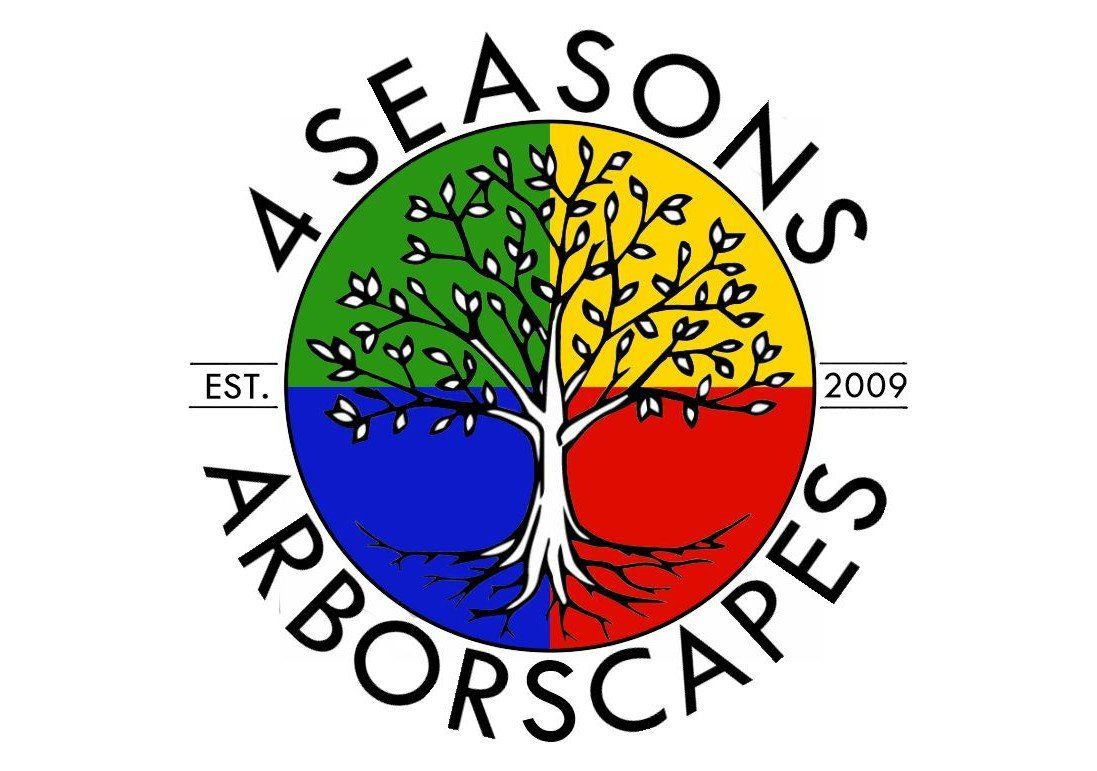
Interested in what we can do for you?
Call us at 610-648-0404 or book an appointment online.

Sign up for monthly newsletters!
Get our latest articles, delivered right to your inbox. No spam, ever.
Check out the latest...
Sign up for monthly newsletters!
From easy tree care practices to fun DIY projects, we've got something for everyone.
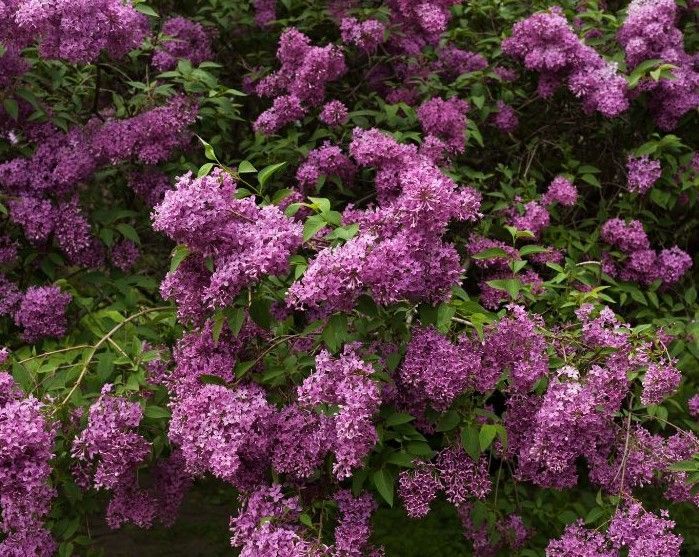

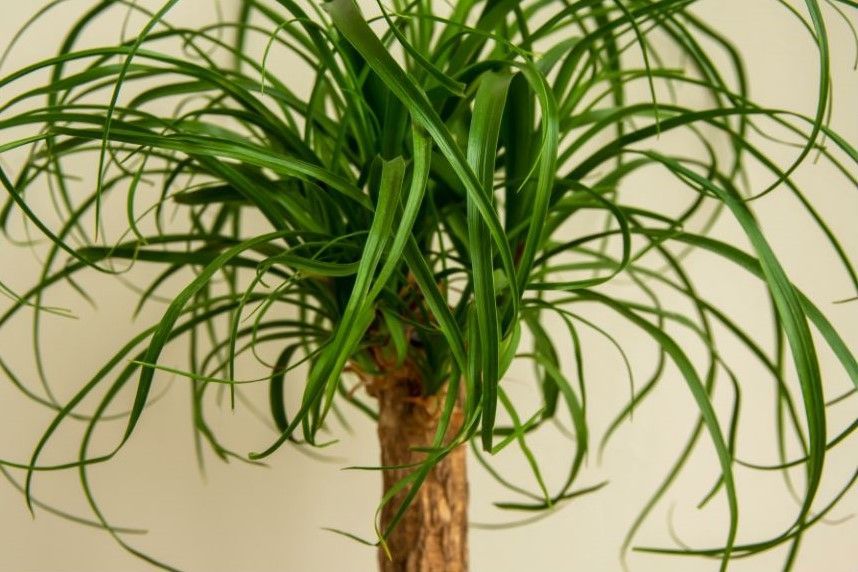



WHAT WE DO
WHO WE ARE
Join the Tree Society newsletter
Get monthly articles on the latest in the tree care industry, curated by people deeply passionate about environmental stewardship.



